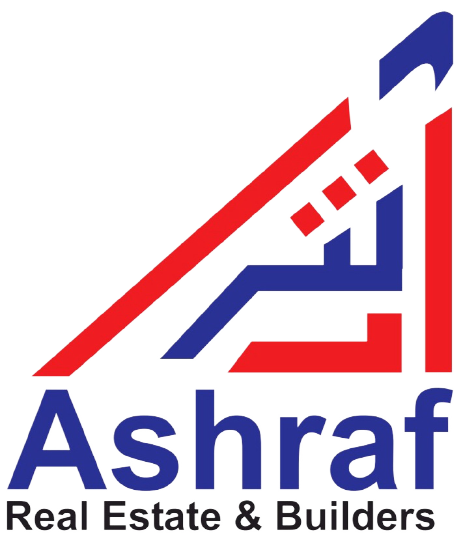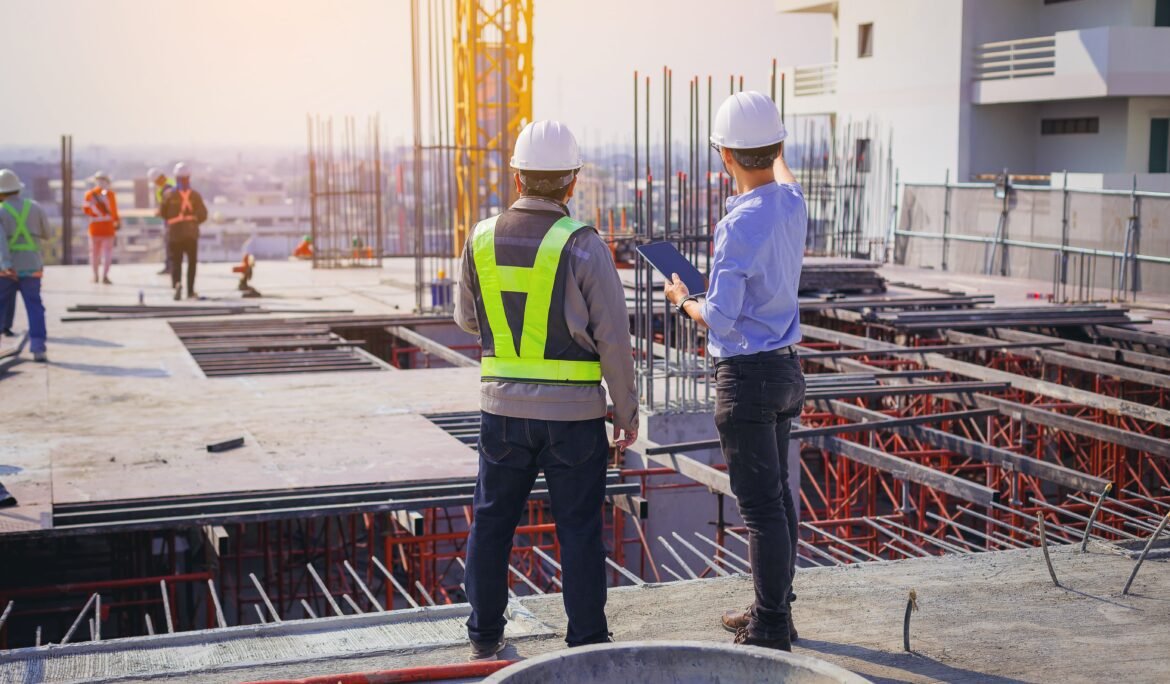When it involves building a grey shape, selecting the proper substances is essential for ensuring the longevity, protection, and usual achievement of the task. Concrete and metallic are two of the maximum generally used substances in creation, every with its very own set of advantages and challenges. In this publication, we’ll offer a complete evaluation of concrete and steel, assisting in making a decision on which cloth is fine for shape power.
Understanding What a Grey Structure Is in Construction
Before diving into the comparison, it’s critical to define what a grey structure is. A grey structure refers back to the skeletal framework of a construction, which includes the set up of columns, beams, floors, and partitions. During this section of construction, the primary awareness is on erecting the structural elements that will assist the building. Grey structures do now not encompass completing substances inclusive of plaster, tiles, paint, or interior fittings.
The Benefits of Using Concrete for Grey Structure Construction
Concrete has been a staple in the creation industry for many years, thanks to its marvelous power and flexibility. Let’s explore why concrete is a famous desire for gray structure creation.
Key Advantages of Using Concrete for Strength and Durability
Exceptional Compressive Strength and Load-Bearing Capacity of Concrete
Concrete is thought for its first-rate compressive strength, making it ideal for systems that need to resist heavy masses. Its ability to address pressure makes it an excellent choice for foundations, floor flooring, and the lower ranges of buildings, particularly in high-rise projects.
Superior Fire Resistance and Safety of Concrete Structures
Concrete is inherently fire-resistant and no longer catches fire. It can withstand excessive temperatures for prolonged periods, presenting a high degree of safety in the occasion of a fire. This makes it a favored preference for building codes in hearth-inclined areas or excessive-danger zones.
Long-Lasting Durability and Minimal Maintenance Requirements of Concrete
Once properly poured and cured, concrete structures are exceedingly durable and require minimum protection. Concrete resists put on and tear as a result of environmental elements together with climate modifications, making it a low-upkeep desire for plenty of styles of buildings.
Concrete’s Affordability and Cost-Effectiveness in Large-Scale Projects
For many creation initiatives, concrete tends to be cheaper as compared to different materials like metal. The availability and comparatively low value of concrete make it a popular alternative for finances-conscious initiatives, especially those on a large scale.
Potential Disadvantages of Using Concrete for Grey Structure Construction
The Heavy Weight of Concrete and Its Impact on Construction Logistics
While concrete’s weight contributes to its power, it can be bulky at some point during shipping and installation. The heavy nature of concrete regularly requires extra exertion and specialized machinery to handle and pour, which could growth creation prices.
Concrete’s Prone to Cracking and Shrinkage Over Time
Concrete is likewise susceptible to cracking and shrinkage as it healing procedures and settles. This can result in long-term structural problems if not well monitored, mainly in massive or complicated structures. Regular maintenance may be required to address cracking over the years.
The Benefits of Using Steel for Grey Structure Construction
Steel has revolutionized current structure with its power, flexibility, and light-weight nature. Let’s dive into why metallic is becoming a popular cloth desire for shape construction.
Key Advantages of Using Steel for Strength, Flexibility, and Speed
High Tensile Strength of Steel and Its Impact on Structural Design
Steel boasts exceptional tensile energy, which means it can resist substantial stretching and pulling forces without dropping its form. This makes metal an exceptional material for systems that require large open areas, along with industrial homes, bridges, and high-rise towers.
Steel’s Lightweight Nature and Efficiency in Construction
Compared to concrete, metal is appreciably lighter, making it less complicated to address for the duration of transportation and setup. Its lightweight nature now not handiest reduces hard work and logistical charges but also allows for quicker assignment completion on account that metal additives are pre-fabricated and ready for assembly on-website online.
Flexibility in Design and Structural Innovation with Steel
Steel offers greater layout freedom, permitting architects to push the limits of their creativity. Steel frames allow for complex, precise designs that are probably difficult or impossible to attain with concrete. Additionally, metal can be fabricated in loads of styles and sizes, contributing to the versatility of the fabric.
The Speed of Construction with Pre-Fabricated Steel Components
Since steel additives may be pre-fabricated in factories and then assembled on websites, projects that use steel can be finished an awful lot quicker compared to the ones counting on poured concrete. This decreased construction timeline makes steel an appealing desire for tasks that require a short turnaround.
Potential Drawbacks of Using Steel in Grey Structure Construction
Corrosion Resistance Concerns and the Need for Maintenance
One of the predominant challenges with metallic is its susceptibility to corrosion. Steel structures exposed to moisture, salt, or chemical compounds can enjoy rust, which weakens the fabric. Steel ought to be regularly maintained with protective coatings or galvanization to save you from corrosion, especially in coastal regions or environments with excessive humidity.
Fire Resistance Issues and Necessary Protection for Steel Structures
While metal does now not burn, it’s far liable to lose its power when exposed to high heat. In extreme hearth conditions, metal can bend or warp, compromising the structural integrity. Therefore, steel frameworks must undergo fireproofing remedies which include fire-resistant coatings or encasing in concrete or gypsum.
Concrete vs. Steel: Which is Best for Strength and Durability in Grey Structure Construction?
Both concrete and metallic offer awesome power, but they excel in extraordinary methods. Concrete is renowned for its compressive power, making it ideal for load-bearing foundations and lower ranges, whilst metal’s tensile energy and versatility make it an amazing preference for excessive upward thrust buildings and large open spaces.
Concrete for Heavy Load-bearing Applications in Foundations
If your creation undertaking entails heavy load-bearing, especially at the inspiration or lower levels, concrete is the desired choice. Its ability to endure sizable pressure makes it best for these vital structural elements.
Steel for Tall Buildings and Large Open Spaces: Perfect for High-Rise Projects
For tall homes or systems with massive open areas that require energy without the delivered weight, metallic is the higher preference. Its tensile energy, blended with its lightweight nature, makes it a top cloth for skyscrapers, bridges, and expansive business homes.
Durability Comparison: Concrete’s Long-Term Performance vs. Steel’s Maintenance Needs
Concrete outperforms steel in terms of durability and calls for less ongoing upkeep. Steel, at the same time as robust, is at risk of corrosion over time, and its renovation prices can go up. Concrete systems, whilst nicely designed, can close for many years with little intervention.
Speed of Construction: Choosing Steel for Faster Project Completion
If meeting tight closing dates is important, metallic may be the better alternative. Since metal components can be pre-fabricated off-site, the construction process is streamlined, bearing in mind faster meeting and project of entirety as compared to concrete, which calls for curing and longer installation instances.
Conclusion
Both concrete and metal have tested their real worth as building materials for gray structure creation, and the great choice depends on your challenge’s unique desires. Concrete gives advanced compressive power and sturdiness for foundations and lower levels, making it a solid preference for lots of conventional buildings. On the other hand, steel offers flexibility, layout freedom, and velocity, which might be particularly treasured in current, massive-scale, or high-upward push projects.


